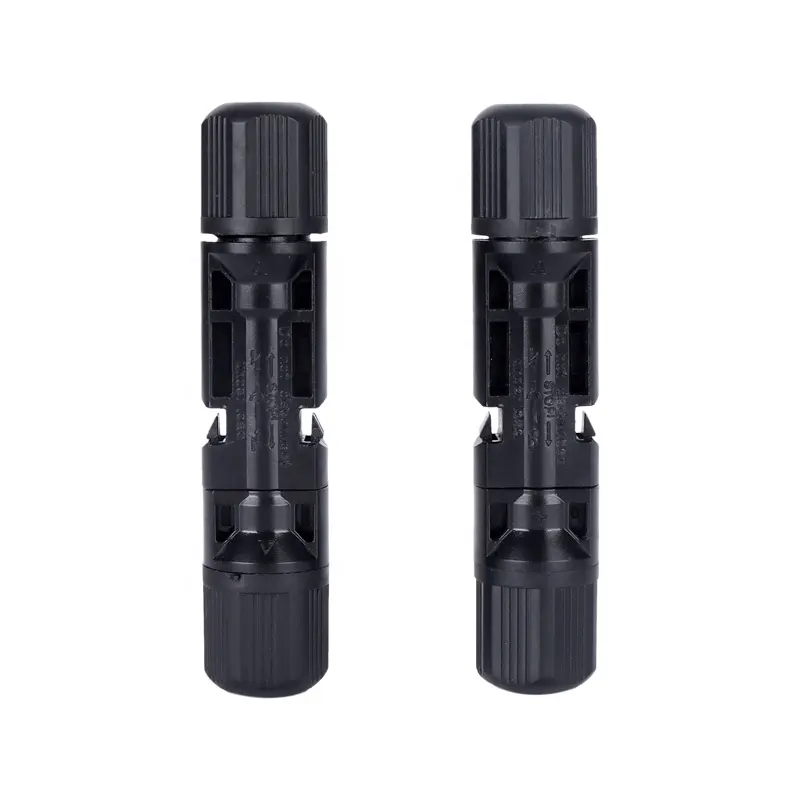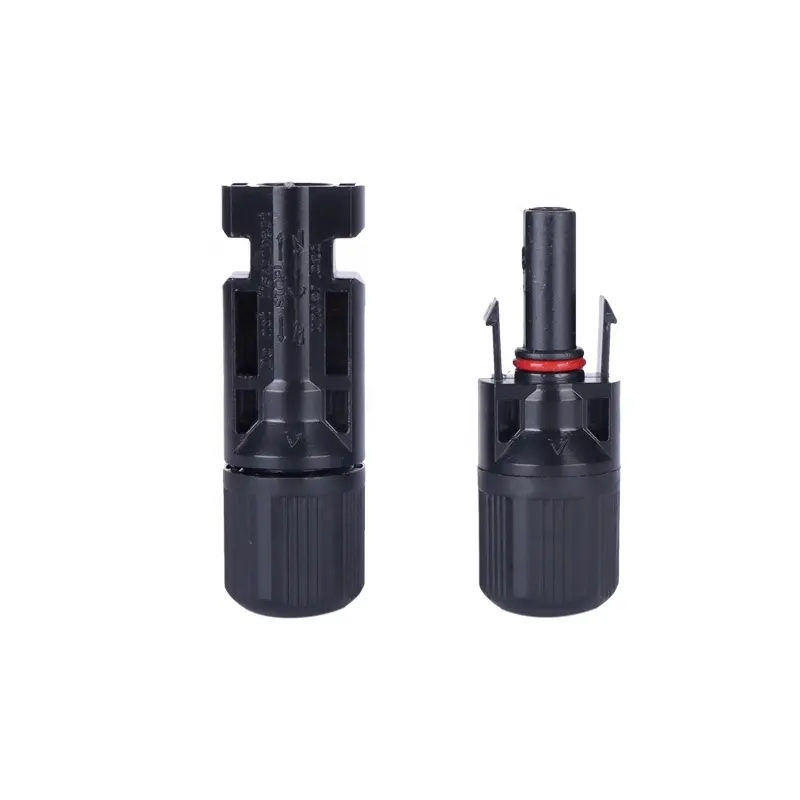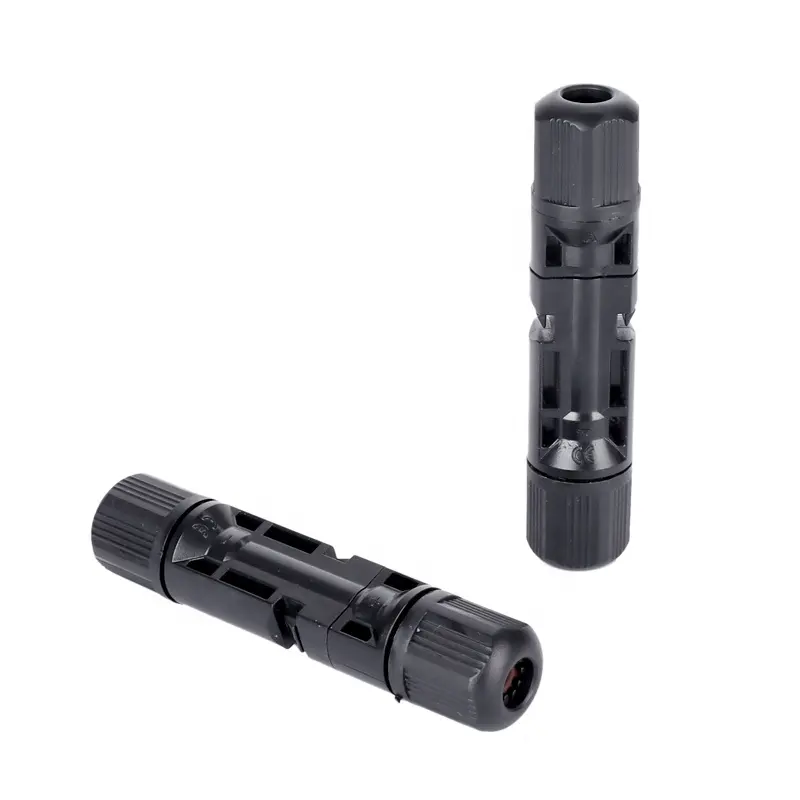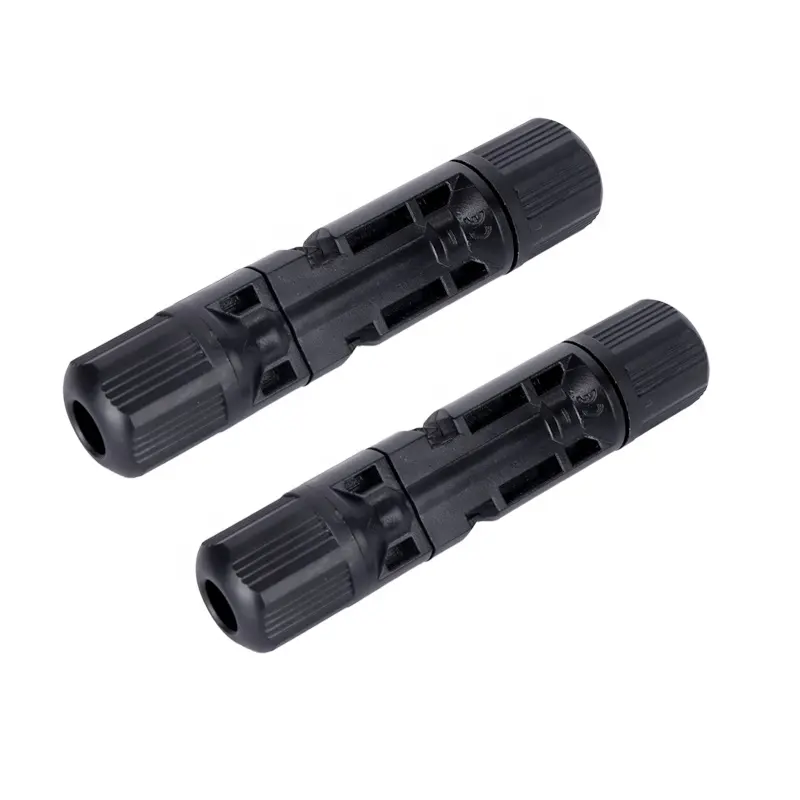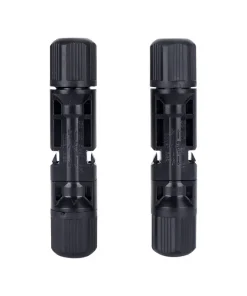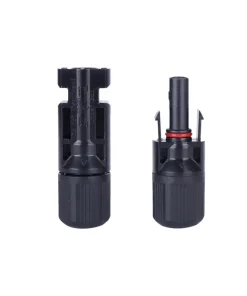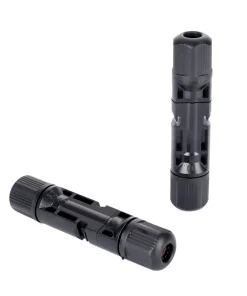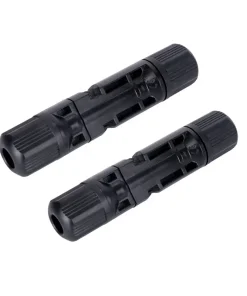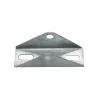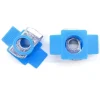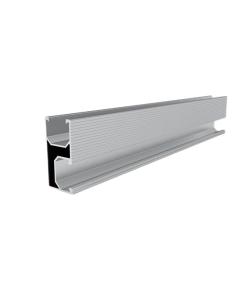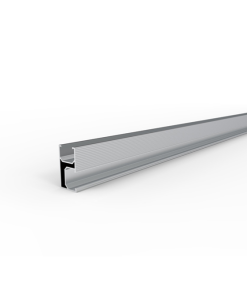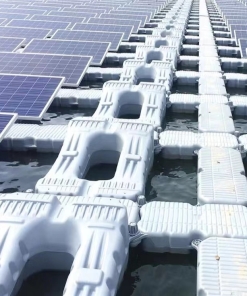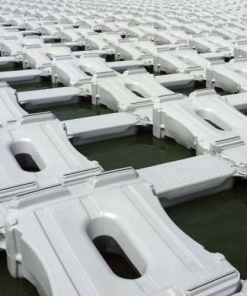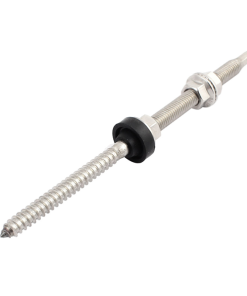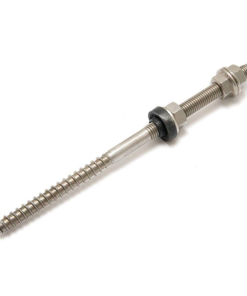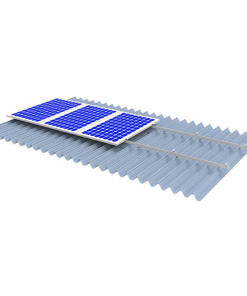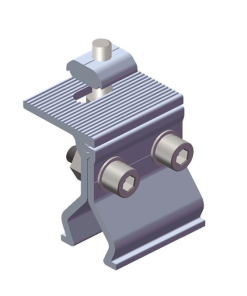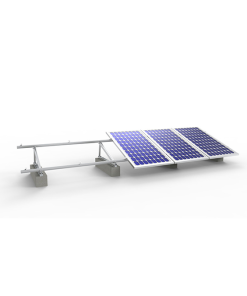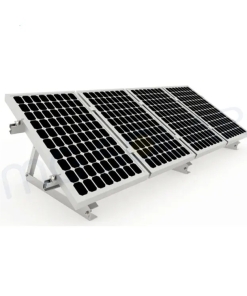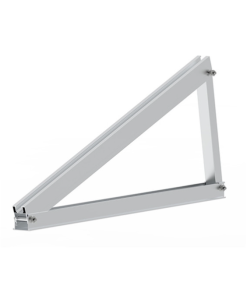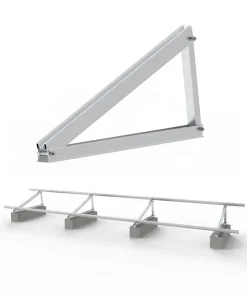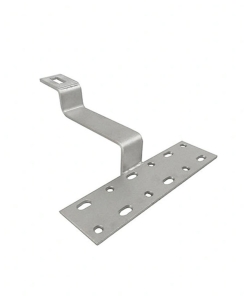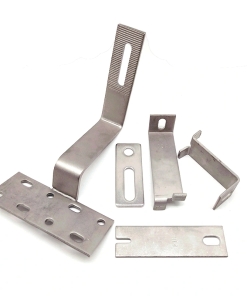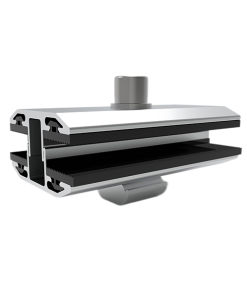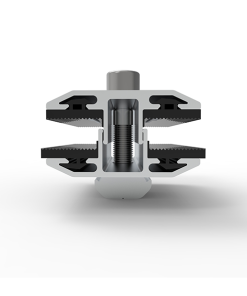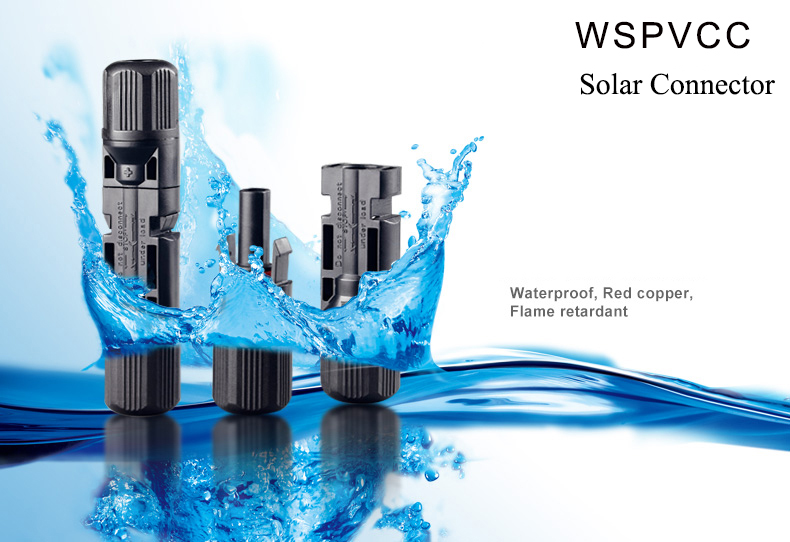
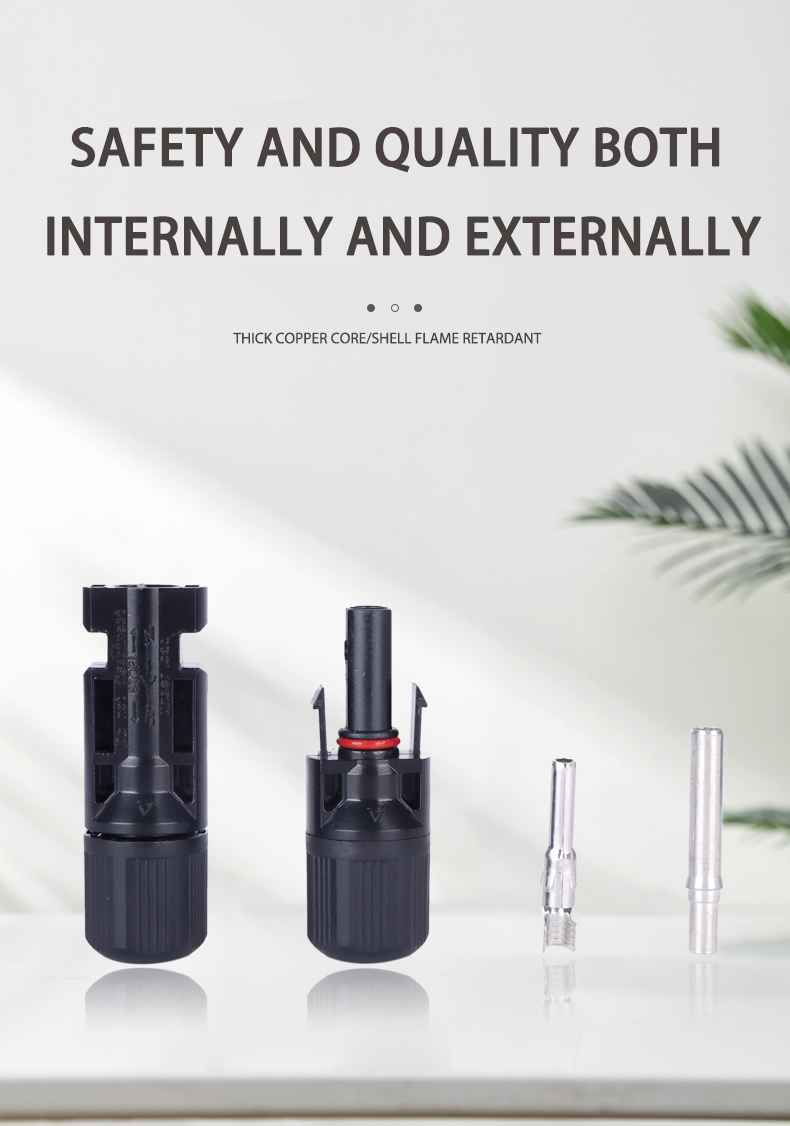
PV Panel Cable Connector Product Description:
1.Item:SOLAR CONNECTOR
2.Model Number:WSPVCC
3.Test Voltage:1000V DC
4.Overvoltage Type/Pollution Degree:6000V(50Hz, 1min)
5.Contact Resistance Of Plug Connector:CAT III /2
6.Contact Resistance Of Plug Connector:ImΩ
7.Contact Material:Copper, Tin-plated
8.Insulation Material:PPO
9.Degree Of Protection:IP2X/IP67
10.Flame Class:UL94-VO
11.Safety Class:II
12.Suitable Cable:OD 4.5-8.5(2.5-6.0mm2)
13.Insertion Force/Withdrawal Force:≤ 50N/ ≥ 50N
14.Connecting System:Crimp connection
15.Temperature Range:-40℃ ~ +125℃
SOLAR CONNECTOR Feature:
1.Simple on-site processing.
2.Acomodates PV cable with different insulation diameters.
3.Mating safety provided bykeyed housings.
4.Multiple plugging and unplugging cycles .
5.High current carrying capacity.
6.TUV and UL approved.
Photovoltaic Mounting Installation Tips
The installation of solar PV mounting structures is a crucial step in the creation of a reliable and efficient solar power system. Here are some essential tips for installing these structures:
1. Choose the optimal location
Carefully select the site where the PV mounting structure will be installed. Choose a location that is free from obstacles that could cause shading or limit the amount of sunlight reaching the panels. The site should also have the ideal inclination angle for optimal energy absorption.
2. Account for wind loads
PV mounting structures must be able to withstand harsh weather conditions, including strong winds. It is essential to account for wind loads when designing the structure. The wind force is determined by the region and the height of the structure.
3. Proper grounding
Proper grounding of the PV mounting structure is essential for the system’s safe and efficient operation. Grounding of the metal structure provides a path of least resistance for electrical charges and helps prevent any electrical damage to the system.
4. Use the right tools and equipment
Using the correct tools and equipment for the installation process is crucial. You will need tools such as power drills, screwdrivers, torque wrenches, and other precision instruments designed specifically for installation.
5. Follow the manufacturer’s guidelines
It is vital to follow the manufacturer’s instructions and guidelines throughout the installation process. The installer should carefully mark the installation points before drilling or attaching the PV mounting structure. Make sure to align the screws and bolts correctly and use the appropriate torque to ensure the structure is stable and secure.
By following these tips, you can ensure a successful installation of PV mounting structures. You will create a reliable and efficient solar power system that will provide clean energy for many years to come.
